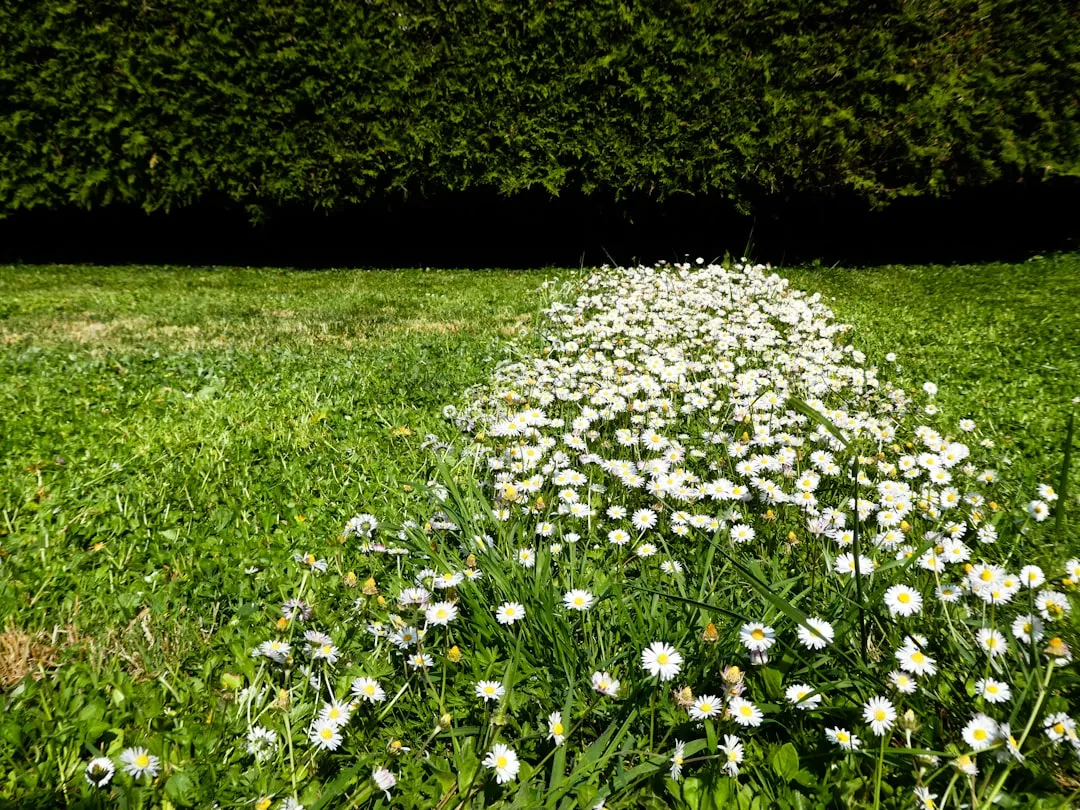The Secrets to Thriving Indoor and Outdoor Succulents

Succulents have become incredibly popular in recent years, and it's not hard to see why. These charming plants come in a wide variety of shapes, sizes, and colors, making them a versatile addition to any home or garden. Whether you're a seasoned gardener or a beginner, learning how to care for succulents properly is essential to keep them healthy and hydrated. In this article, we'll explore the best practices for caring for succulents both indoors and outdoors.
Understanding Succulents
Succulents are plants that have adapted to survive in arid environments by storing water in their leaves, stems, or roots. This unique characteristic allows them to withstand long periods of drought. Some common types of succulents include aloe vera, jade plants, echeveria, and sedum. Each species has its own specific care requirements, but there are some general guidelines that apply to most succulents.
Indoor Succulent Care
When growing succulents indoors, it's important to provide them with the right amount of light, water, and soil. Here are some tips to help you keep your indoor succulents healthy:
- Light: Succulents need plenty of bright, indirect light to thrive. Place them near a south-facing window or use artificial grow lights if natural light is limited. Avoid placing them in direct sunlight for extended periods, as this can cause the leaves to burn.
- Water: One of the most common mistakes people make when caring for succulents is overwatering. Succulents prefer to be watered sparingly, allowing the soil to dry out completely between waterings. Water deeply, but make sure the excess water drains out of the pot to prevent root rot. In the winter, reduce watering frequency even further.
- Soil: Succulents require well-draining soil to prevent waterlogged roots. You can use a commercial succulent or cactus mix, or make your own by combining regular potting soil with perlite or coarse sand. This will help improve drainage and prevent the soil from becoming too compacted.
- Temperature and Humidity: Most succulents prefer warm temperatures between 60°F and 80°F (15°C - 27°C). They can tolerate lower temperatures, but it's important to protect them from frost. Succulents also prefer low humidity levels, so avoid placing them in bathrooms or other areas with high humidity.
Outdoor Succulent Care
Succulents can also thrive outdoors in containers or in the garden. Here are some considerations for outdoor succulent care:
- Location: Choose a location that receives plenty of sunlight, but also provides some protection from the intense afternoon sun, especially in hot climates. Succulents can be planted in the ground or in containers, but make sure the soil has good drainage.
- Watering: Outdoor succulents generally need more water than indoor ones, especially during the hot summer months. However, it's still important not to overwater them. Water deeply and infrequently, allowing the soil to dry out between waterings. In the rainy season, you may need to reduce watering or provide additional drainage to prevent waterlogging.
- Fertilizing: Succulents don't require a lot of fertilizer, but you can give them a boost during the growing season with a balanced, water-soluble fertilizer diluted to half strength. Apply the fertilizer every few months according to the package instructions.
- Pest and Disease Control: Succulents are generally resistant to pests and diseases, but they can still be affected by mealybugs, aphids, and fungal diseases. Inspect your plants regularly and treat any problems promptly with an appropriate insecticide or fungicide.
Propagating Succulents
One of the great things about succulents is that they are easy to propagate. You can propagate succulents from leaves, stem cuttings, or offsets. Here's how:
- Leaf Propagation: Gently remove a healthy leaf from the parent plant and let it dry for a few days until the cut end calluses over. Place the leaf on top of well-draining soil and mist it lightly. Keep the soil moist but not wet, and in a few weeks, you should see new roots and a small plant forming at the base of the leaf.
- Stem Cutting Propagation: Cut a stem from the parent plant and let it dry for a few days until the cut end calluses over. Plant the stem cutting in well-draining soil and water it lightly. Keep the soil moist but not wet, and in a few weeks, you should see new roots forming.
- Offset Propagation: Some succulents produce offsets, or baby plants, at the base of the parent plant. Gently separate the offset from the parent plant and plant it in its own pot with well-draining soil. Water it lightly and keep the soil moist but not wet until it establishes roots.
Conclusion
Caring for succulents can be a rewarding experience. By providing them with the right amount of light, water, soil, and care, you can keep your succulents healthy and hydrated, whether they're indoors or outdoors. With a little knowledge and patience, you can enjoy these beautiful plants for years to come.